The Evolution of Horse Breeds: From Wild to Domestic
The story of horses spans 56 million years, starting with an animal no bigger than today’s dog. These amazing creatures progressed from the tiny Hyracotherium, which stood just 43 centimetres tall, to the many breeds we see today.
Things got interesting about 6,000 years ago. People first tamed horses in the steppelands north of the Black Sea. This partnership changed transportation, warfare, and agriculture by a lot. It reshaped human history forever. The numbers tell an important story – 905 horse breeds exist now, but we’ve already lost 87. Understanding their progress is vital to preserve what remains.
Let’s take a closer look at how horses progressed from their prehistoric beginnings to domestication. The story includes fascinating physical changes that created modern breeds. Genetic evidence shows multiple instances of domestication in different regions. This paints a rich picture of how horses and humans built relationships throughout history.
The Prehistoric Origins of Horses
Horses’ ancient ancestors appeared on Earth long before humans. Palaeontologists have discovered one of the most complete evolutionary records in fossil history that tells an amazing story of adaptation and survival.
From Eohippus to Equus: A 55-million-year trip
Eohippus (also called Hyracotherium), the earliest known horse ancestor, emerged in North America about 55 million years ago. This “dawn horse” matched a modern beagle’s size at 20-24 inches tall and had a light, slender frame suited to forest life. The animal’s feet differed from modern horses – it had four toes on its front feet and three on its back feet, perfect for moving on soft forest floors.
Horses went through remarkable changes over millions of years. Species like Parahippus developed teeth better suited for grazing as grasslands expanded around 20 million years ago. Their legs grew longer and their toes gradually decreased, which helped them run faster from predators on open plains.
The path to modern horses wasn’t straightforward but branched like a complex tree. Several intermediate forms—Mesohippus, Miohippus, Merychippus, and Pliohippus—marked vital evolutionary steps. The genus Equus appeared about 4-4.5 million years ago during the Pliocene epoch.
How ancient horses spread across continents
Horses migrated to Eurasia from North America across the Bering Land Bridge—a land connection between Alaska and Siberia during ice ages when sea levels dropped. This first movement happened about one million years ago, letting horses spread throughout Asia and Europe.
More migrations followed later. Scientists found genetic evidence of at least two more movements between continents after the first spread. Horses adapted to different environments across Eurasia as climate patterns changed.
Horse history took an unexpected turn. These animals thrived for over 50 million years in North America but mysteriously disappeared from their homeland around 10,000 years ago. Spanish explorers brought them back in the 16th century.
The emergence of wild horse species
Two undomesticated subspecies from the diverse Equus lineages survived into recorded history: Przewalski’s horse (Equus ferus przewalskii) and the Tarpan (Equus ferus ferus). The Tarpan lived in Eastern Europe until it died out in the late 19th century.
Przewalski’s horse—considered one of the last truly wild horse species—almost vanished in the 1960s. Thanks to conservation work, their numbers have grown to about 2,000 worldwide. Herds now live in China, Mongolia, and even within the Chernobyl exclusion zone.
Modern domestic horses represent just one surviving branch of a rich evolutionary family tree that spans millions of years.
The Path to Domestication
The story of horse domestication reveals fascinating details about humans’ relationship with these magnificent animals. Dogs became our companions thousands of years earlier, but horses joined human societies more recently and transformed the course of history.
First evidence of horse management (6,000 years ago)
Scientists found the earliest signs of horse domestication in the western Eurasian Steppe’s grasslands. This vast region spans Ukraine, southwest Russia and west Kazakhstan, where the first evidence dates back approximately 6,000 years ago. Ancient pottery contained traces of horse milk, which showed these animals provided more than just hunting opportunities. The Botai site in Kazakhstan yielded what looked like corrals, tools crafted from horse bones, and houses with apparent horse dung. The meaning of these findings sparked debate, as new studies question whether Botai represents true domestication or just intensive hunting.
The genetic puzzle of domestication
The domestic horse’s genetic history tells an unexpected tale. Scientists once thought Botai horses represented the first domesticated lineage. DNA analysis revealed something surprising – modern domestic horses don’t share ancestry with Botai horses. Their true ancestors belonged to a different lineage (DOM2) that emerged in the Western Eurasian steppes, specifically the lower Volga-Don region, 4,200-4,700 years ago. The Botai horses turned out to be ancestors of Przewalski’s horses, which scientists previously thought were truly wild.
Multiple domestication events vs. single origin theory
Genetic evidence paints a complex picture of domestication that combines single and multiple origin elements. Y-chromosome DNA shows limited variety, which suggests domestication started with just a few stallions. Mitochondrial DNA tells a different story with remarkable diversity – at least 77 different ancestral mares from 17 distinct lineages. This pattern suggests that while domestication might have started in one area, people added wild mares to their herds as horses spread across Eurasia. This combined approach helps explain both archaeological and genetic evidence that seemed to conflict before.
Physical Transformations Through Domestication
Humans altered horses’ physical and behavioural traits by a lot over thousands of years. Through intentional breeding and natural adaptation, wild equines became the diverse breeds we recognise today.
Changes in size, strength and speed
Domestication altered the way horses looked physically. Wild horses managed to keep a consistent size, but domestic horses now range from miniature Falabellas at 70 cm tall to massive Shire horses exceeding 2 metres in height. This is a big deal as it means that the size variation is greater than most domesticated species.
The selection for performance traits changed muscle structure and function. Scientists have identified multiple genes related to skeletal muscle differentiation, organisation and contraction that went through positive selection, including ACTA1, C-SKI, MYBPC1, and SGCD. These genetic changes boosted movement capabilities that are vital for activities like pulling ploughs and carrying riders.
Archaeological evidence shows that horse size varied by region during early domestication. Larger horses were typically found in eastern Central Europe. Horse breeding cycles became faster as their generation time dropped from seven years to approximately four years with domestication.
Development of coat colours and patterns
Wild horses showed limited coat variations—mostly bay or bay-dun phenotypes that provided natural camouflage. Domesticated horses developed an amazing range of colours.
Scientists discovered several mutations that created this variety. These include basic colours (bay, black, chestnut), dilution genes (cream, champagne, silver, dun), and spotting patterns (leopard complex, tobiano, sabino). This diversity grew as humans picked horses with unique and eye-catching looks.
These colour variations appeared early in domestication, and no colours belong to just one breed. DNA tests help breeders predict their horses’ offspring colours with amazing accuracy.
Behavioural adaptations to human interaction
Maybe even the biggest changes happened in horse behaviour and temperament. Genetic analysis shows positive selection for genes affecting brain development, including neural growth (NINJ1, NTM), and synapse plasticity (DLGAP1).
The selection for docility and stress resilience stands out. Two important genes—ZFPM1 and GSDMC—went through changes that boosted horses’ ability to handle human interaction. ZFPM1 affects mood regulation and anxiety, while GSDMC influences back pain and movement, which might make horses more comfortable with riders.
Research shows that modern horses build meaningful bonds with humans. They even sync their heart rates with familiar people. Their skill in reading human facial expressions, posture, and attentiveness shows how far they’ve come as human companions.
The Emergence of Specialised Breeds
People have shaped horses into distinct categories by selective breeding based on their needs and environments. This specialisation has created the diverse breeds we see today. Each breed serves a specific purpose, just like different tools in a craftsman’s kit.
Heavy breeds: The powerful workhorses
Draft horses emerged as industrial powerhouses during the agricultural revolution. The Shire, Clydesdale, Belgian Draft, and Percheron developed into incredibly strong breeds. These gentle giants now stand between 16 and 19 hands high (163-193 cm) and weigh between 640-910 kg. Their broad chests, powerful hindquarters, and feathered lower legs made them perfect for hauling freight and ploughing fields.
These impressive animals weren’t always so massive—mediaeval drafts were smaller than what we see today. The 19th century brought a surge in demand for horses weighing over 730 kg that could move at a decent pace. Their remarkable strength made them vital for farming, transport, and logging operations in places where machines couldn’t reach.
Light breeds: Speed and agility
Light horses tell a different story, as they developed for speed and refined movement. Thoroughbreds—known as “hot-blooded” horses—became racing champions with their sleek, athletic builds. These horses show amazing variety in their body structure based on their specialty. Sprinters pack more muscle, while distance runners have a leaner, more refined build.
The American Quarter Horse earned its name by dominating quarter-mile races with powerful hindquarters that provide explosive acceleration. Arabians, famous for their endurance, passed their genes to many modern breeds. Standardbreds turned into the marathon runners of the horse world and excelled in harness racing with incredible stamina.
Ponies: Adaptations to harsh environments
Ponies showcase nature’s clever solutions to challenging environments. Shetland ponies thrived in the harsh Shetland Islands by developing a remarkable two-layered winter coat. Fine insulating hairs grow against their skin, covered by coarse, water-repellent outer hairs. Their strong jaws help them survive on tough vegetation like gorse and shrubs.
Highland Ponies adapted perfectly to rough Scottish mountains, developing sure-footedness and stamina over time. Exmoor Ponies kept many primitive traits and developed unique features to survive freezing wet winters with limited food. These tough animals show how nature creates specialised equines that thrive in demanding conditions.
Conclusion
Horses have undergone a remarkable 56-million-year trip that proves both natural evolution and human influence. Nature’s adaptability shines through their transformation from the small Eohippus to today’s diverse breeds, and their domestication reveals humanity’s profound effect on animal development.
The equine history contains many fascinating chapters backed by scientific evidence. Horses disappeared from their North American homeland but flourished in Eurasia through human partnerships. These relationships sparked major physical and behavioural changes that created breeds ranging from mighty draught horses to nimble racing thoroughbreds.
Modern horses’ genetic diversity tells a compelling story. The rich variety seen today emerged from relatively few stallions and many wild mares. This diversity becomes vital as some breeds face extinction risks, and preservation efforts remain significant to protect these distinct bloodlines.
Horse evolution’s story helps us value these magnificent creatures’ development and their lasting importance in human society. Their tale shows how natural selection and human intervention can blend together to create animals that combine wild resilience with domestic adaptability.

Welcome to Sell Your Horse, a platform dedicated to connecting equestrians with each other, making horse buying and selling easier and more transparent. With a focus on technology and community-building. My mission is to help like-minded equestrians find the right connections, share knowledge, and build a trusted equine network.




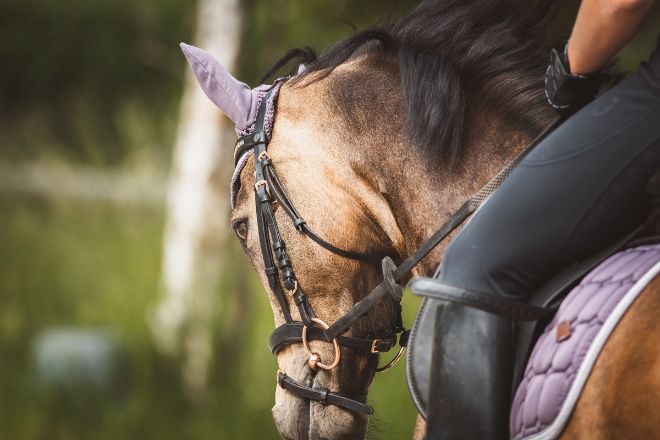
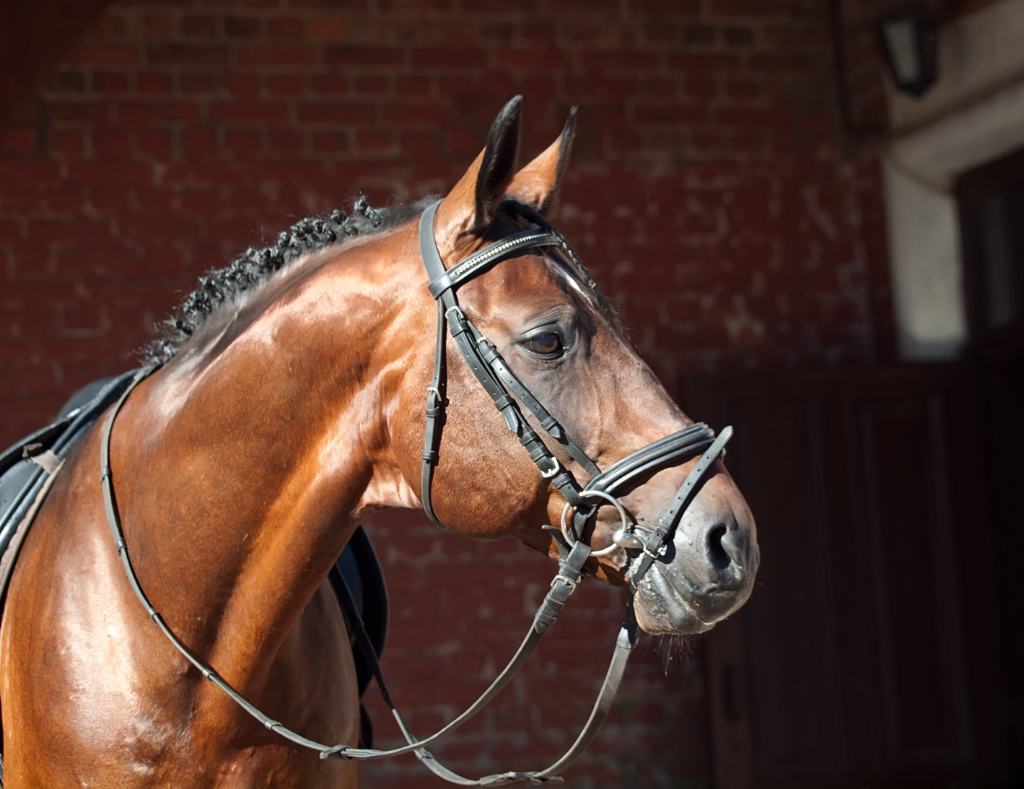
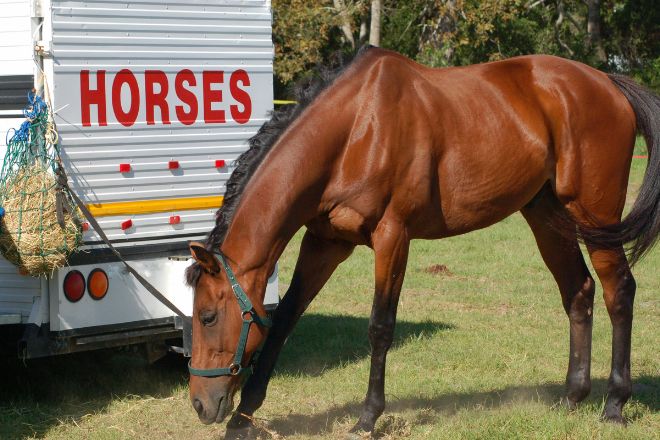
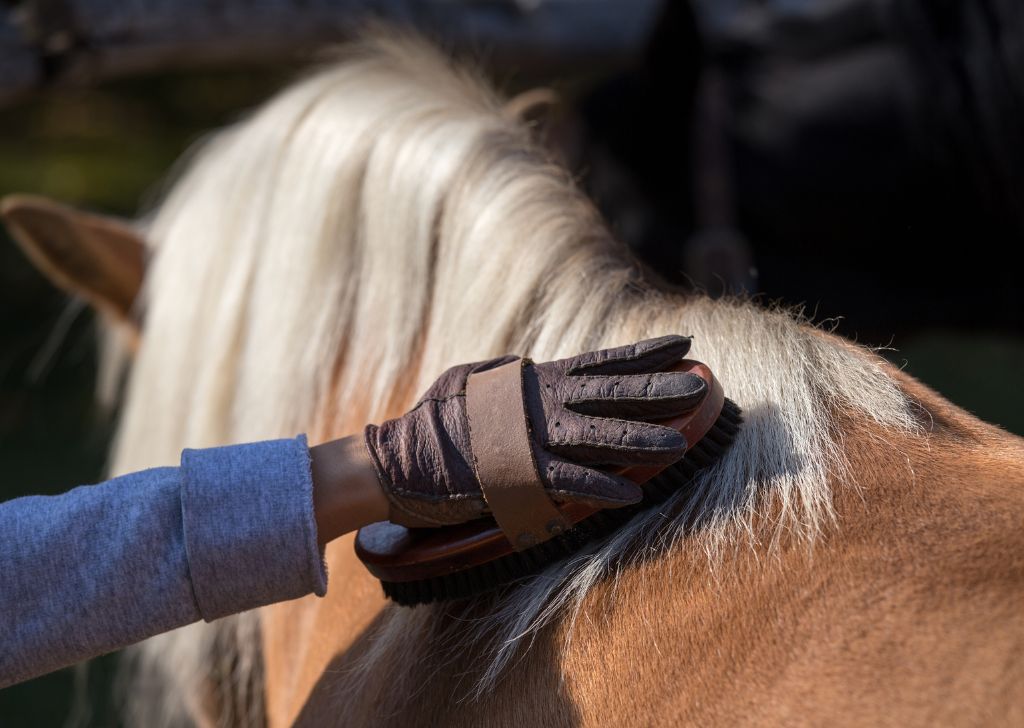
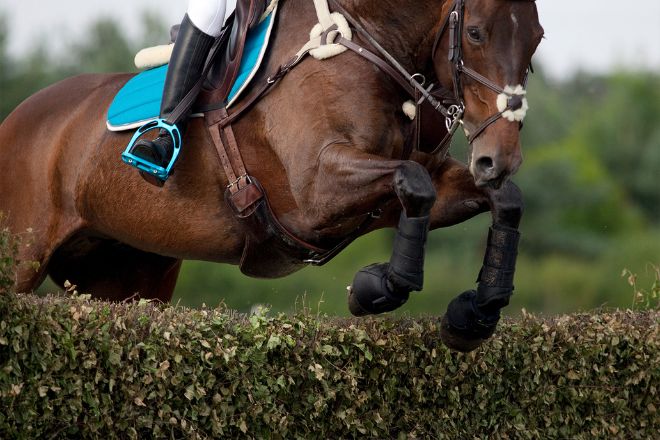


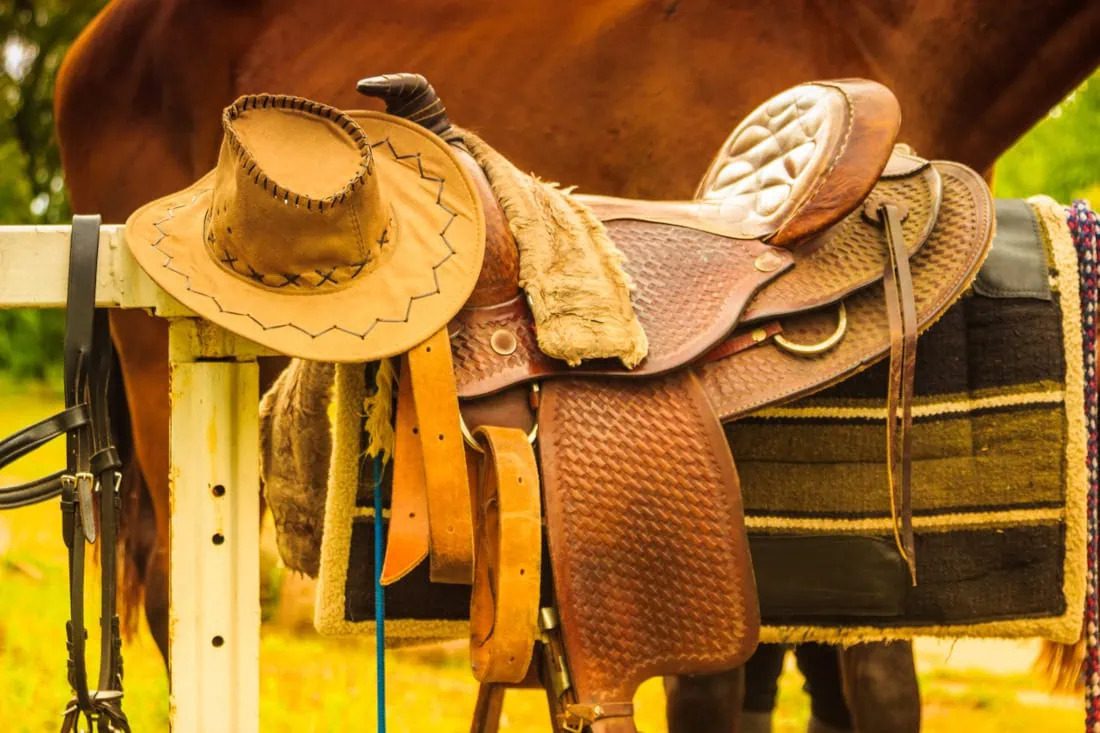
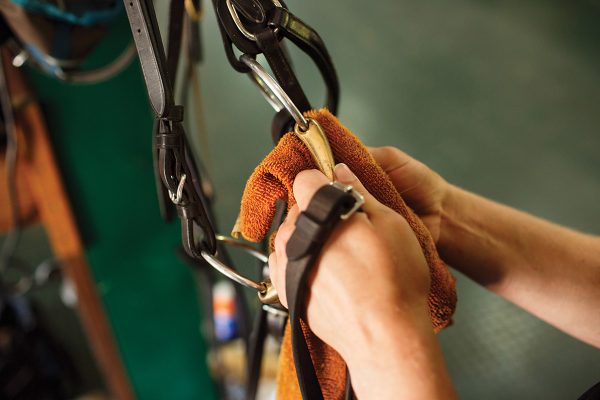


 Featured Listings
Featured Listings
 Adverts
Adverts
 Horses For Sale
Horses For Sale
 Tack & Equipment
Tack & Equipment
 Horseboxes & Trailers
Horseboxes & Trailers
 Equine Properties
Equine Properties
 4x4 Vehicles
4x4 Vehicles
 Horses For Loan
Horses For Loan
 Horses Wanted
Horses Wanted
 Stallions at Stud
Stallions at Stud
 Equine Services
Equine Services
 Riding Holidays
Riding Holidays
